Malchow is a small town in Mecklenburg-Western Pomerania. We made a short stop and took a walk through the small town.
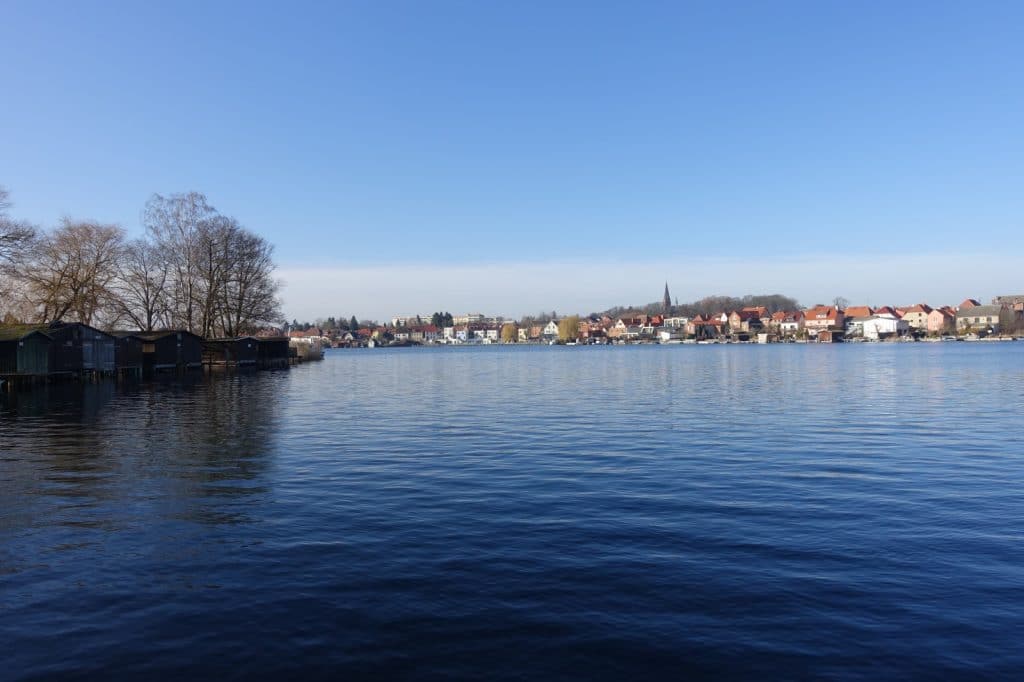
What is special about Malchow?
There is a small island in Lake Malchow. The town of Malchow was founded here and was first mentioned in a document in 1147.
In 1721, the island town was extended to the mainland after the houses on the island burnt down for the second time in 30 years. A wooden bridge connected the island with the mainland. This bridge was destroyed during the Thirty Years’ War. To maintain the connection from the island to the mainland, a ferry crossed the lake from 1724 to 1846. In 1844, an earth dam was built, which made the connection from the mainland to the island permanent.
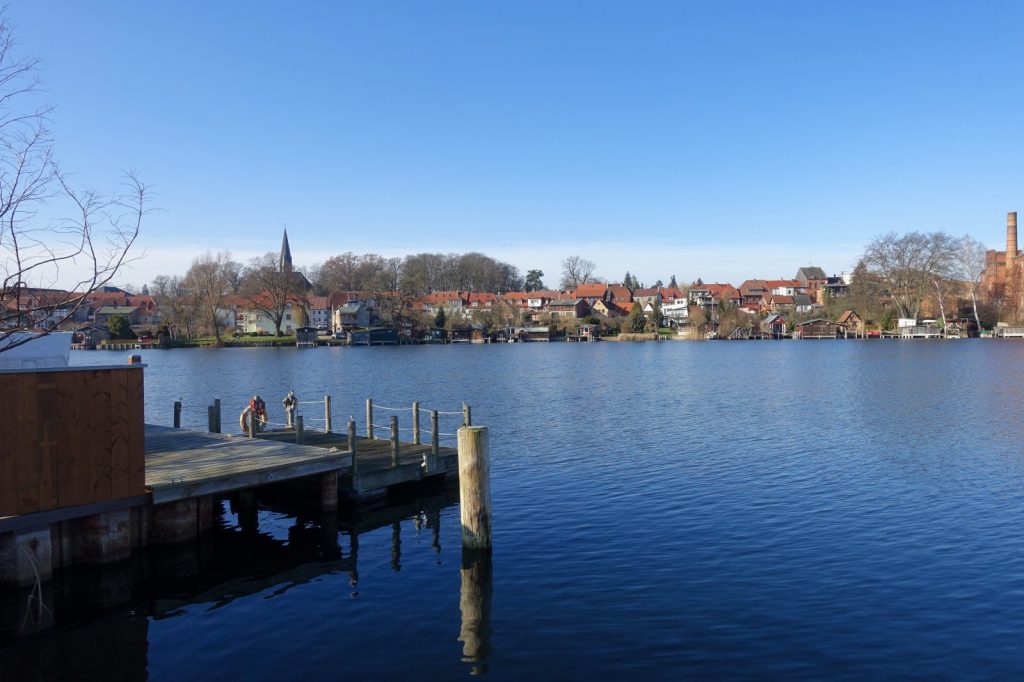
The west side of the small island was also initially connected to the mainland by a wooden bridge. This was replaced by a lift bridge between 1845 and 1863 and then by a swing bridge.
To this day, the town consists of three parts: the island, the eastern and the western shore of Lake Malchow. A walk across the small island leads past the market square and small houses.
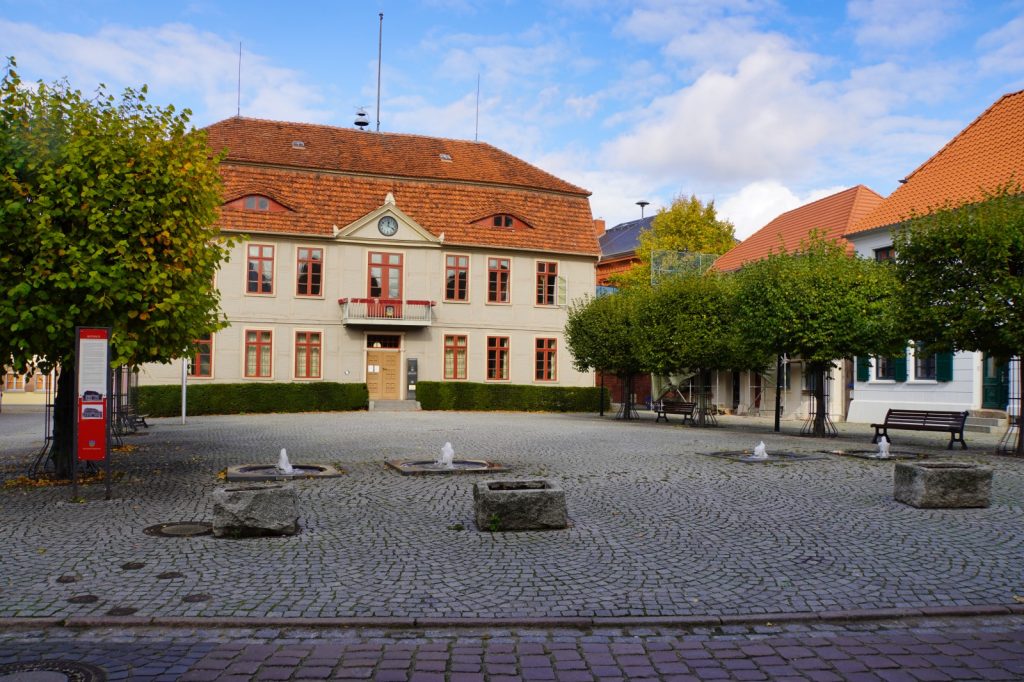
The Malchow Monastery
The nunnery of the Magdalenerinnen from Röbel moved to Alt-Malchow on the shores of Lake Malchow in 1298.
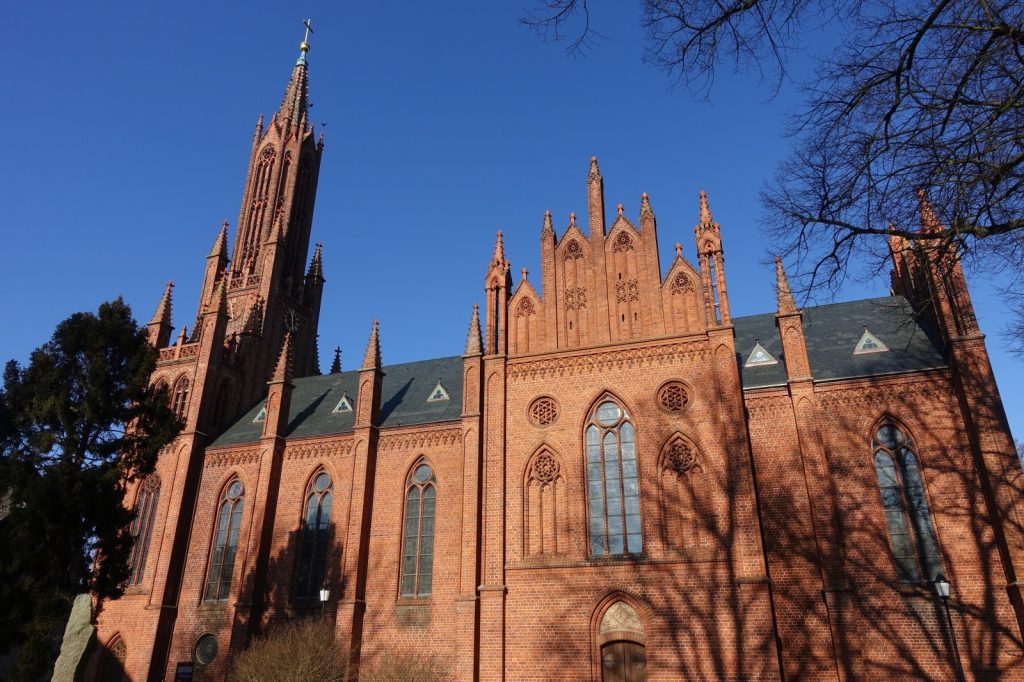
After the Reformation, the monastery was converted into a noble ladies’ convent in 1572. Members of the local nobility could have their daughters enrolled. This often happened just a few days after birth, with the eldest daughter being sent to Dobbertin, the second daughter to Malchow and the third daughter to Ribnitz. In addition to noble origin, virginity, the Christian religion and a declaration of “domestic descent” had to be presented. Only then were ladies accepted. Another hurdle was the vacancies in the ladies’ convent. Only when a place became free in the convent was the next on the waiting list allowed to move in. It is said that there were waiting times of 40-50 years in some cases.
After the revolution in 1918, all the state monasteries in the Free State of Mecklenburg-Schwerin were placed under state supervision.
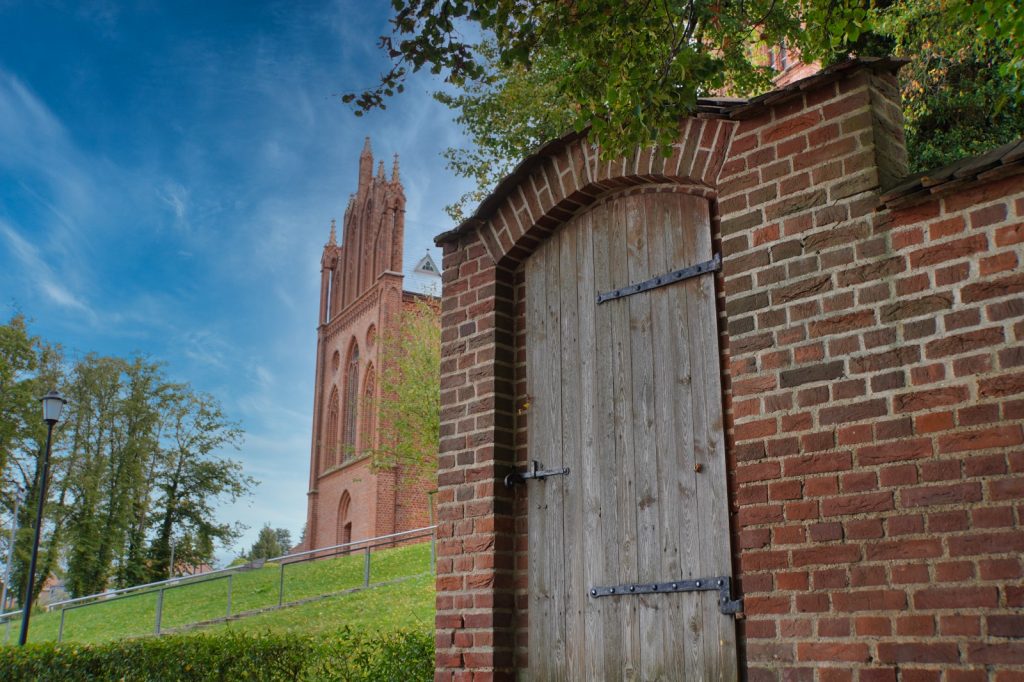
The monastery church was originally a fieldstone church dating from 1235. Around 1844, the church building was renovated and the 52-metre-high brick tower was added. After a fire, the church was rebuilt in 1890 in the neo-Gothic style.
Today it houses an organ museum and hosts concerts and wedding ceremonies.
The other buildings of the monastery have been rebuilt several times over the years and adapted to changing needs. Today, only part of the cloister with the cloister building remains from the old complex.
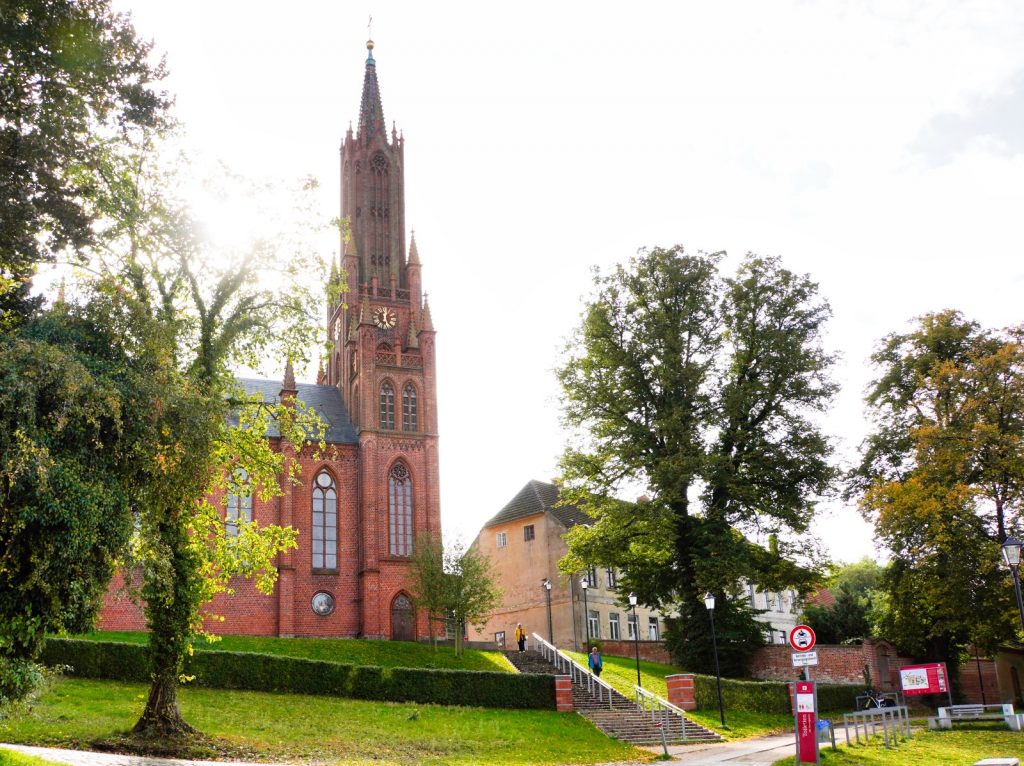
Café in the monastery
Today, there is a small café in some of the rooms of the old monastery. I can only recommend a visit – they serve excellent cakes!
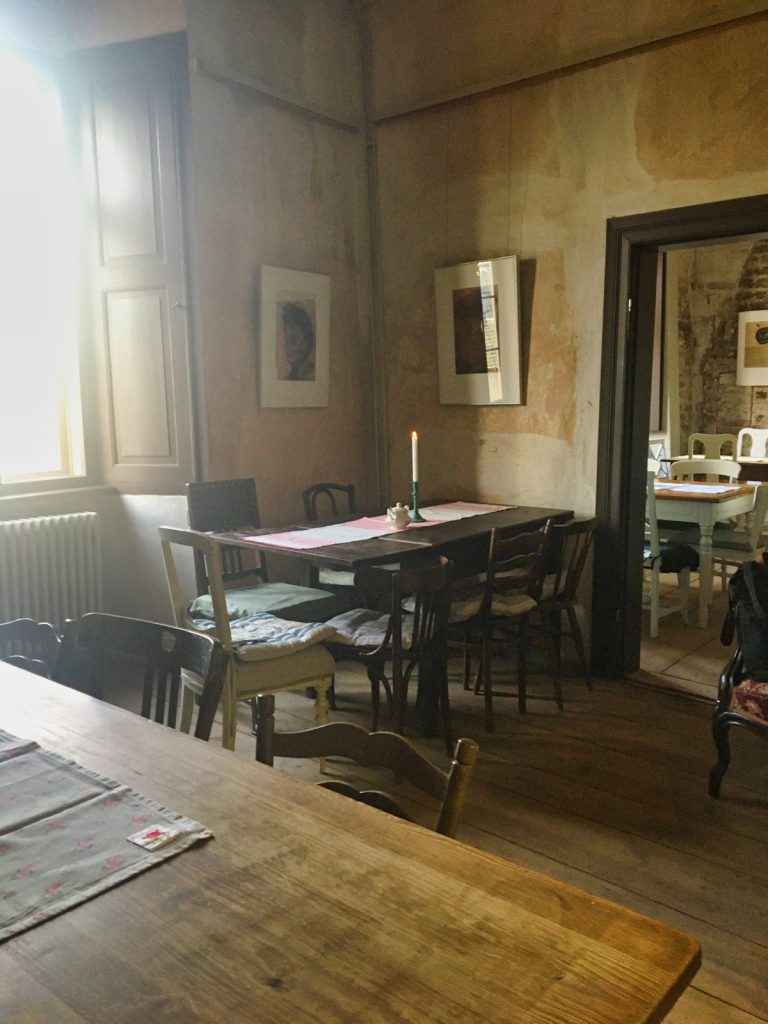
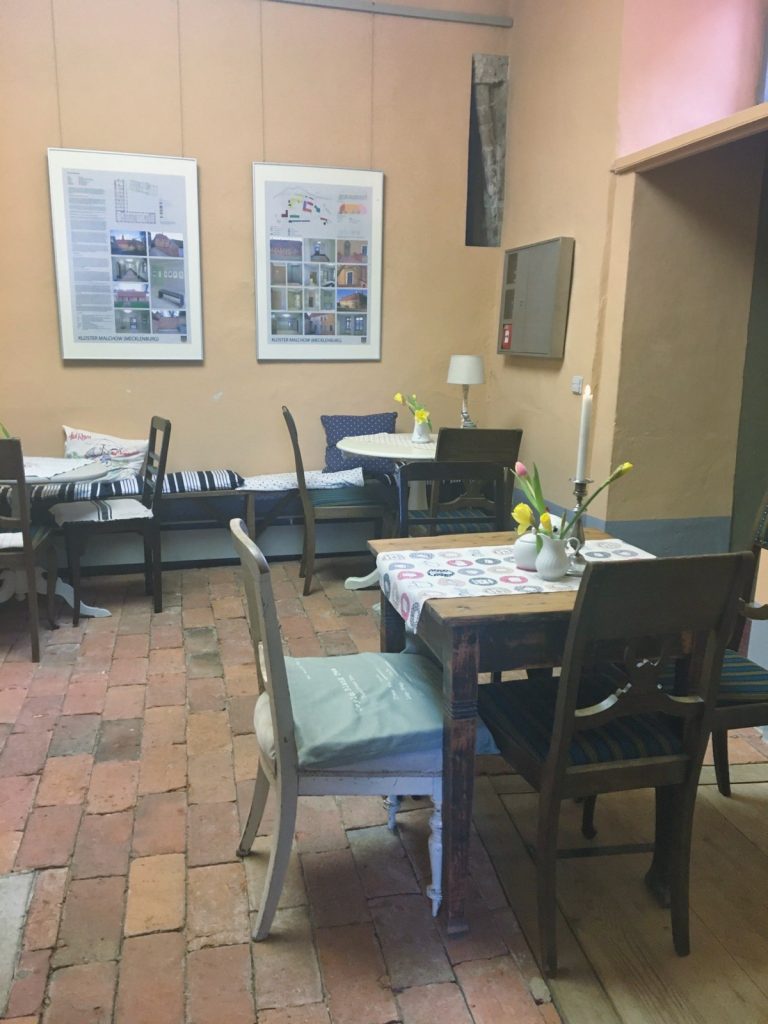
The entrance is somewhat hidden. Through a small door in the corner of a house you enter the former cloister of the monastery and from there you reach the rooms of the café. At a counter, you can then see the freshly baked cake and are spoilt for choice as to which one you would like to try. With the selection on the tray, you then go in search of a seat in the stylish rooms. Here, every chair and every table is designed differently, we felt very comfortable there. In summer, you can also sit on a lawn behind the house and enjoy the peace and quiet.
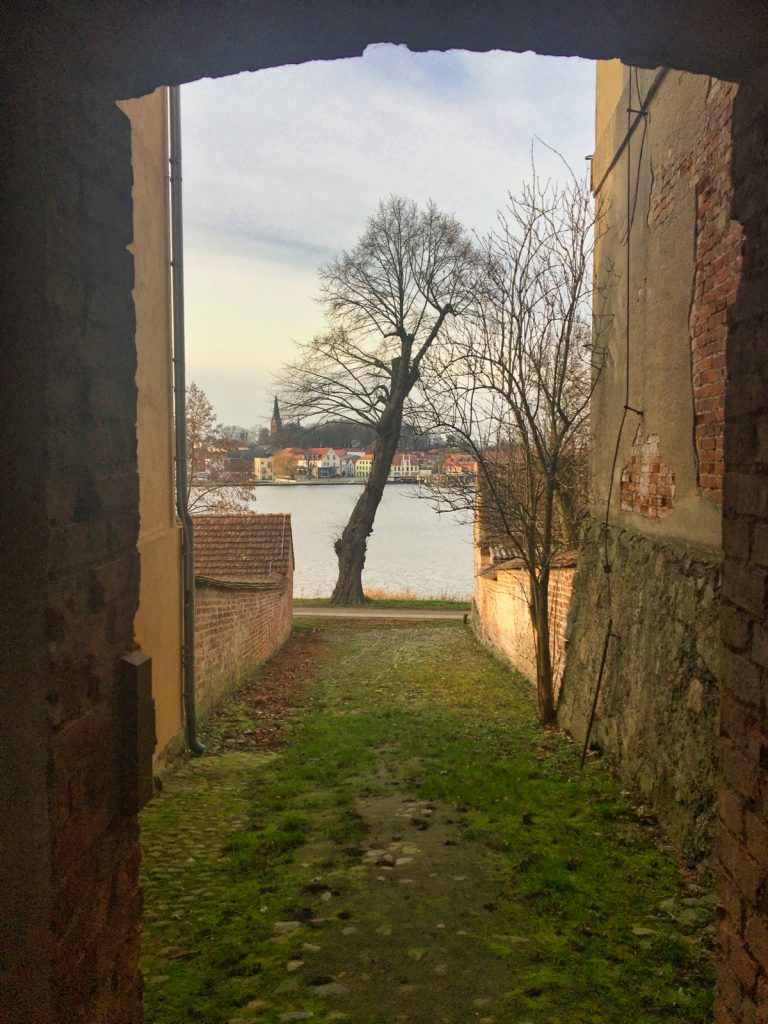
Address:
Kloster 32-34,
17213 Malchow
Opening hours:
May-October
Wednesday – Sunday: 12-17 h
November – April
Saturday, Sunday: 14-17 h
Waiting at the Malchow swing bridge
About 20,000 boats pass through the swing bridge every year, which connects the island’s old town with the new town. Once an hour, the bridge opens and boats pass through the narrow passage.
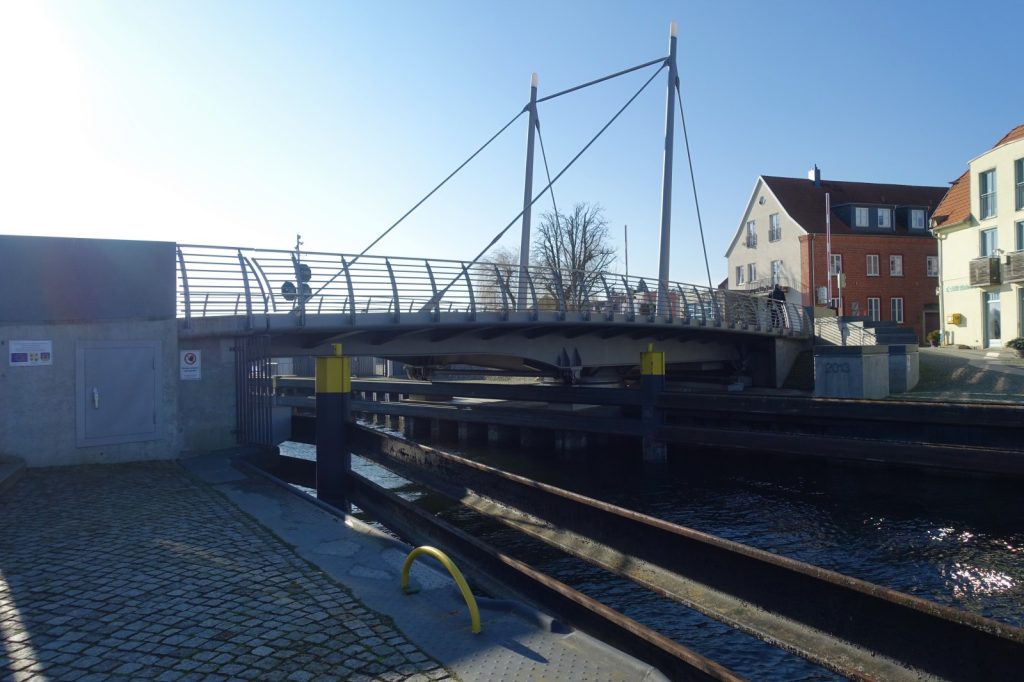
Until 1845, residents and visitors reached the island town via a wooden bridge from the western mainland. On the eastern side, shipping traffic could pass the island. In 1846, the road embankment was built and ships could no longer pass. The existing wooden bridge had to be replaced in order to guarantee shipping traffic. Initially, a lift bridge was built, which was replaced by a wooden swing bridge in 1863. In 1912, the bridge, which had become somewhat too narrow, was replaced by a steel construction that was destroyed by a blast in 1945. A few years later, the new bridge was erected, which carried out the turning process with the help of an electric motor. For many years, it was the only crossing over the upper lakes of the Mecklenburg Lake District until the Berlin-Rostock motorway opened in 1978. Over time, the bridge fell into disrepair and was finally closed down. It was not until 10 years later that a new bridge could be opened to traffic. Today, the small town is home to a pylon swing bridge that is the region’s visitor magnet.
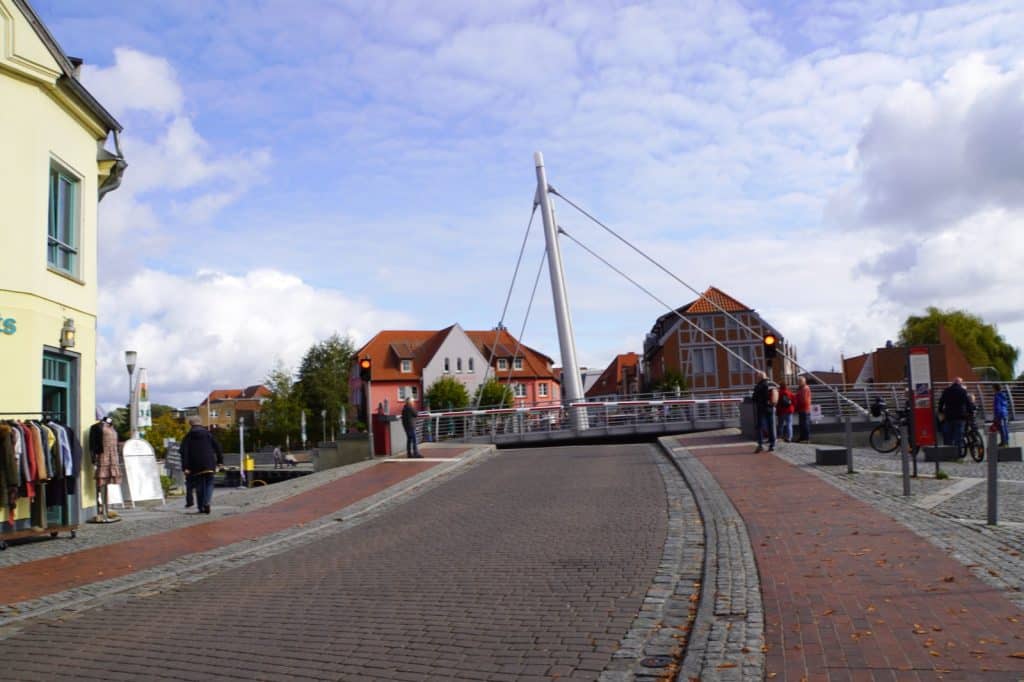
It is already the visitor experience of the city when the bridge keeper sets the swing bridge in motion on the hour. All traffic on the street comes to a standstill and cyclists and pedestrians gather on the shore. One by one, the boats pass through the bridge opening, first in one direction, then in the other. Some are greeted by the bridge keeper with a casual saying, newcomers are reminded of the last opening time and courage is given to anxious, very slow-moving “leisure captains”. Once everyone has crossed the passage, which can take some time depending on the number of ships, the bridge turns back and traffic on land can begin again.
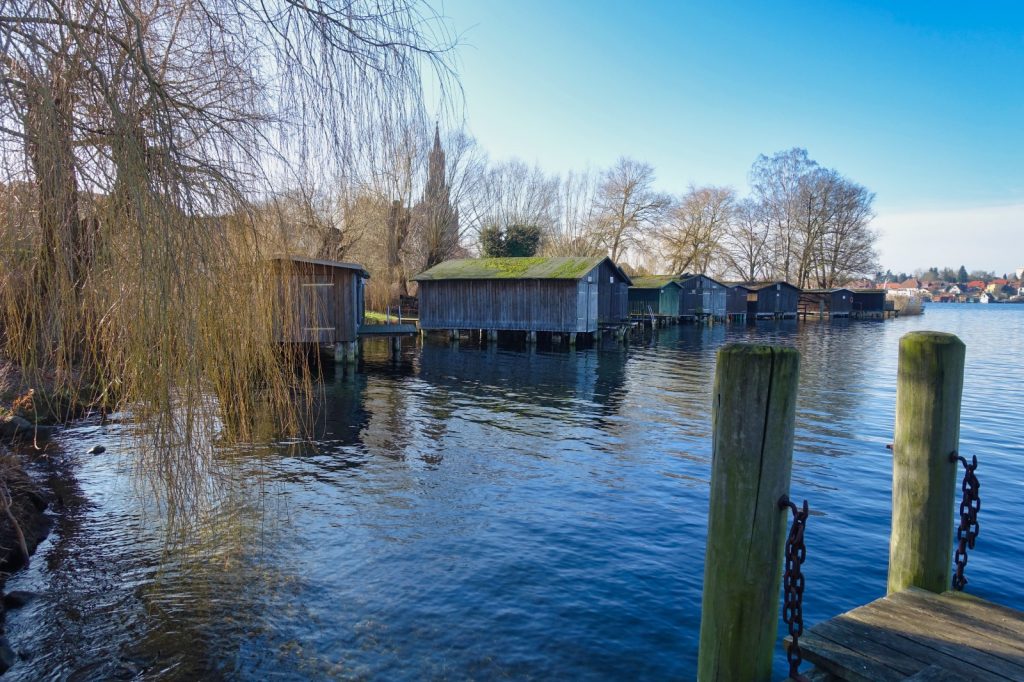
Opening hours:
April to September
9 a.m. – 8 p.m. (on the hour; if ships want to pass the swing bridge)
October and November
9 a.m. – 3 p.m. (on the hour; if ships want to pass the swing bridge)
December to March
There is no regular opening of the swing bridge for shipping traffic. Special openings for which a fee is charged must be applied for at least one week in advance at the city administration.
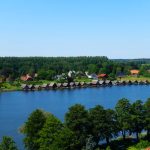


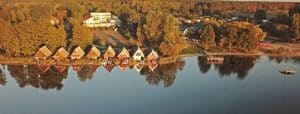
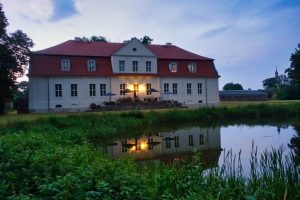
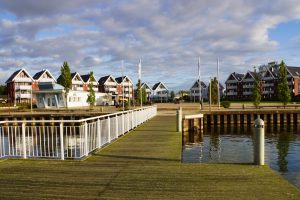
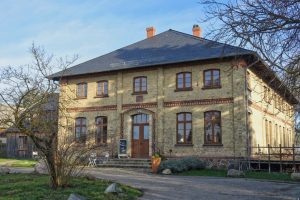
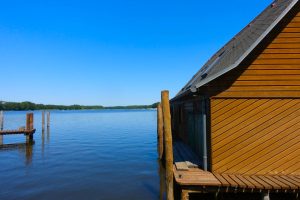

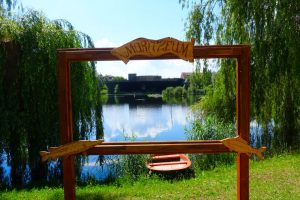
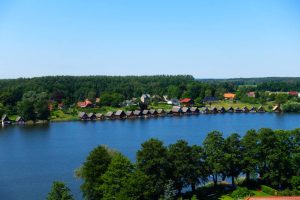
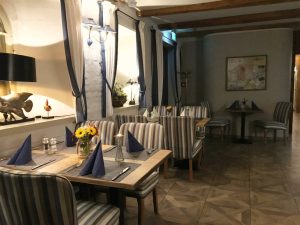


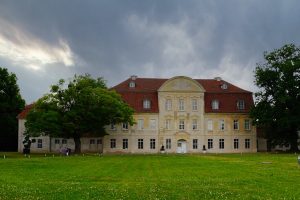

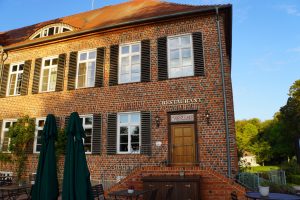



Leave a Reply